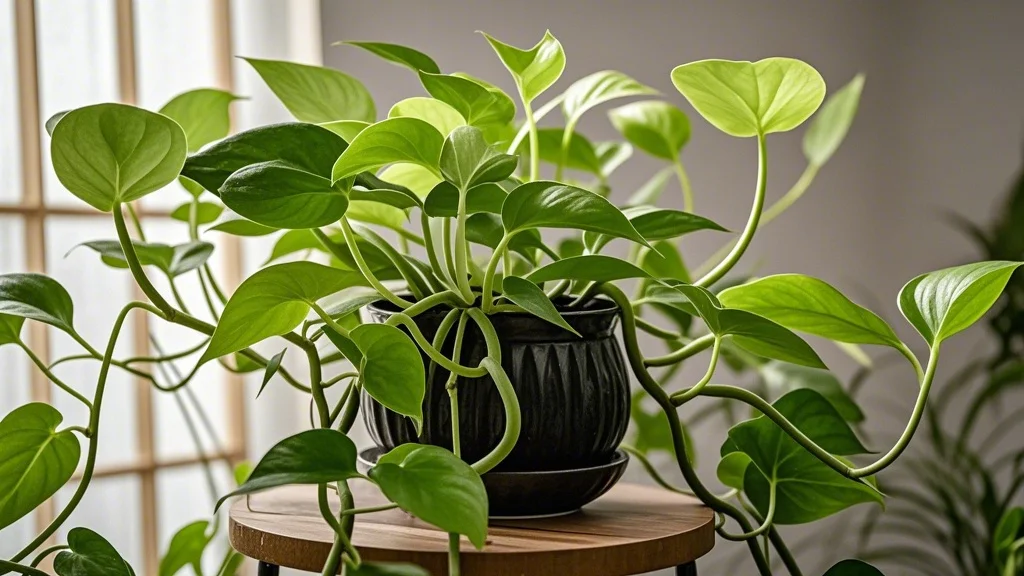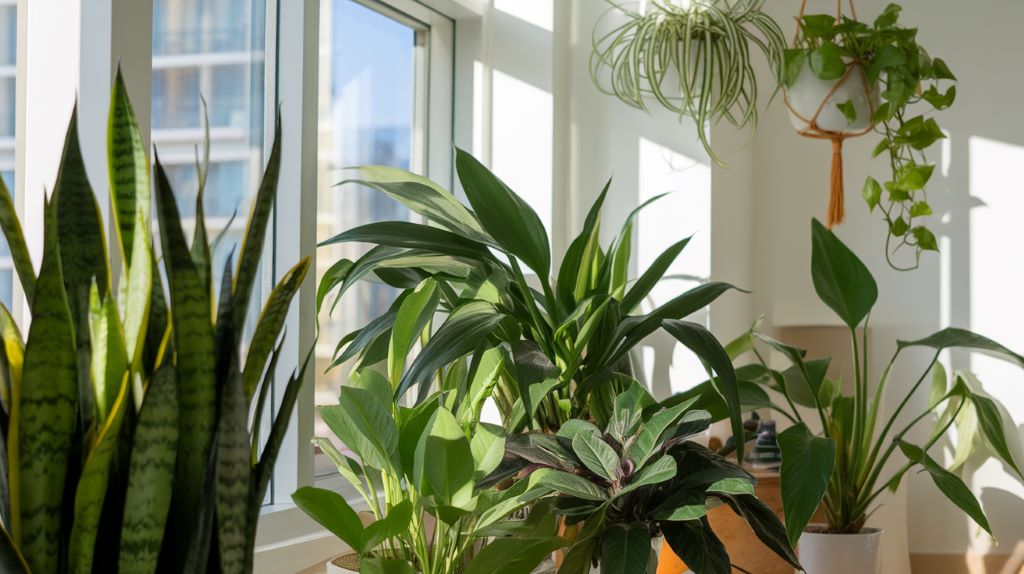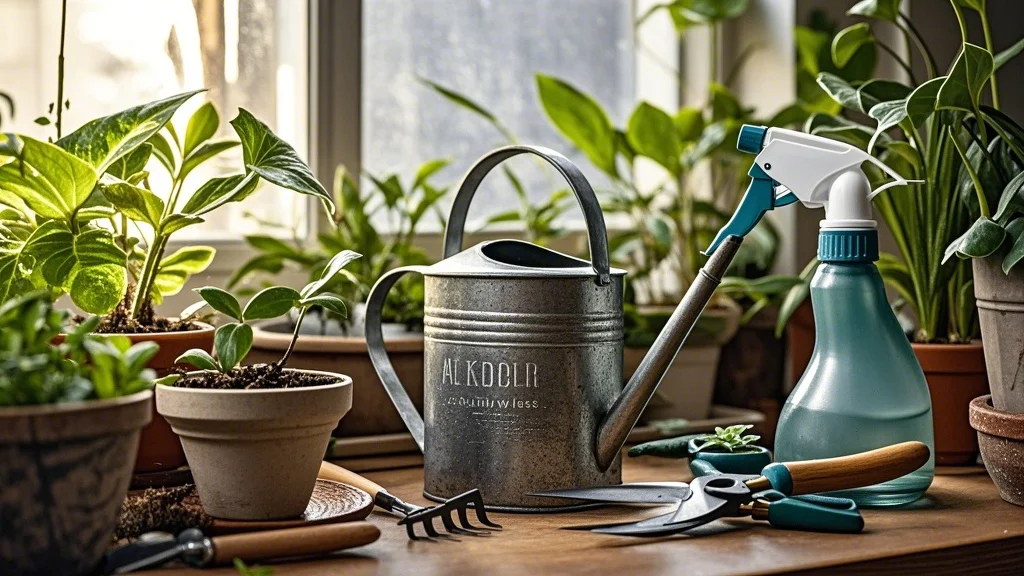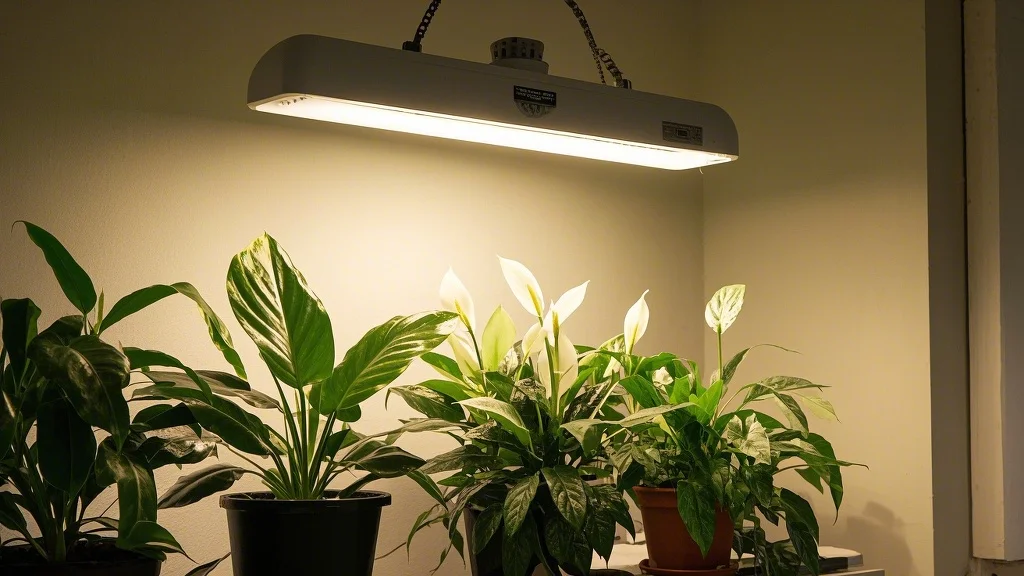As urban gardeners and plant enthusiasts, we often face the challenge of providing our leafy companions with adequate light in our homes and apartments. Insufficient light is one of the most common issues affecting houseplants, and recognizing the signs early can make all the difference in maintaining a thriving indoor garden. This article will guide you through the subtle and obvious indicators that your plants may be light-deprived, helping you take timely action to ensure their health and vitality.
Contents
Understanding Plant Light Requirements
Before diving into the signs of light deprivation, it’s crucial to understand that different plants have varying light needs. Some thrive in bright, direct sunlight, while others prefer indirect or low light conditions. However, even low-light plants have minimum light requirements for healthy growth. Familiarizing yourself with the specific needs of your plants is the first step in providing optimal care.
Early Warning Signs of Insufficient Light

1. Slow or Stunted Growth
One of the earliest indicators that your plant isn’t receiving enough light is a noticeable slowdown in growth. While it’s normal for plants to have periods of slower growth, particularly during winter months, consistent lack of new growth can be a red flag.
What to look for:
- Fewer new leaves than usual
- Smaller new leaves compared to existing ones
- Longer intervals between new leaf emergence
2. Elongated Stems (Etiolation)
Etiolation is a process where plants stretch or “reach” towards light sources. This results in long, spindly stems with increased space between leaves.
Signs of etiolation:
- Unusually long, thin stems
- Increased internodal spacing (distance between leaves on a stem)
- Overall “leggy” appearance
3. Pale or Yellowing Leaves
Insufficient light can lead to a decrease in chlorophyll production, causing leaves to appear lighter in color or even yellow.
What to observe:
- Gradual fading of leaf color
- Yellowing starting from the bottom leaves and progressing upwards
- Overall pale appearance compared to healthy specimens
4. Leaf Size Reduction
Plants may produce smaller leaves when light is scarce as an energy-saving measure.
Look out for:
- New leaves that are noticeably smaller than mature ones
- A gradual decrease in leaf size over time
5. Leaf Drop
While leaf drop can be caused by various factors, consistent loss of leaves, especially lower ones, can indicate light deficiency.
Watch for:
- Yellowing followed by dropping of lower leaves
- Gradual thinning of foliage from the bottom up
Advanced Symptoms of Light Deprivation
6. Weakened Stem Structure
Prolonged light deprivation can lead to weakened plant structures, making them more susceptible to damage.
Signs to note:
- Stems that bend easily or cannot support their own weight
- Increased susceptibility to stem breakage
7. Reduced Flowering or Lack of Blooms
For flowering plants, insufficient light often results in fewer blooms or a complete lack of flowering.
Indicators:
- Fewer flower buds forming
- Buds that form but fail to open
- Shorter blooming periods
8. Soil Staying Wet for Longer Periods
When plants don’t receive adequate light, their metabolic processes slow down, including water uptake. This can lead to soil remaining damp for extended periods.
What to check:
- Soil that takes longer to dry out between waterings
- Signs of mold or fungus on the soil surface
9. Leaf Curling or Cupping
Some plants may curl their leaves in an attempt to increase surface area exposed to available light.
Observe for:
- Leaves curling upwards or inwards
- Cupped or spoon-shaped leaves
10. Loss of Variegation
Variegated plants may lose their distinctive patterns and revert to solid green coloration in low light conditions.
Look for:
- Gradual fading of variegated patterns
- New leaves emerging with less variegation or completely green
Using Technology to Detect Light Issues
Modern technology can help urban gardeners accurately assess light conditions:
- Light Meters: These devices measure the intensity of light in your space, helping you determine if it meets your plants’ needs.
- Smartphone Apps: Many apps can use your phone’s camera to measure light levels and provide recommendations for plant placement.
- Smart Plant Sensors: These devices can be placed in the soil and connected to your smartphone, providing real-time data on light, moisture, and temperature.
Solutions for Light-Deprived Plants
Once you’ve identified that your plants are suffering from insufficient light, there are several steps you can take to remedy the situation:
- Relocate: Move affected plants to brighter locations, if possible. South-facing windows typically offer the most light, followed by east and west-facing windows.
- Rotate: Regularly rotate your plants to ensure all sides receive equal light exposure, promoting even growth.
- Clean Windows: Ensure your windows are clean to maximize natural light penetration.
- Use Reflective Surfaces: Place mirrors or reflective surfaces near your plants to bounce light and increase exposure.
- Prune: Remove any dead or yellowing leaves to allow more light to reach healthy foliage.
- Supplement with Artificial Light: Invest in grow lights to provide additional light, especially during darker months or in low-light apartments.
Choosing the Right Grow Lights
When natural light is insufficient, grow lights can be an excellent solution. Here are some options to consider:
- LED Grow Lights: Energy-efficient and long-lasting, these lights can be tailored to specific plant needs.
- Fluorescent Lights: Affordable and effective for low to medium-light plants.
- High-Intensity Discharge (HID) Lights: Powerful lights suitable for large indoor gardens or light-hungry plants.
- Incandescent Grow Light Bulbs: While less efficient, these can be used for small-scale supplemental lighting.
When selecting grow lights, consider factors such as color temperature, intensity, and duration to match your plants’ specific requirements.
Preventing Future Light Deprivation Issues
To maintain healthy plants and prevent light deprivation in the future:
- Research: Understand the light requirements of each plant species in your collection.
- Plan: Arrange your plants based on their light needs, placing high-light plants near windows and low-light plants in shadier spots.
- Monitor: Regularly check your plants for early signs of light deprivation and act promptly.
- Adjust Seasonally: Be prepared to move plants or supplement with artificial light as natural light levels change throughout the year.
- Consider Plant Selection: Choose plants that match the light conditions in your space to set yourself up for success.
Conclusion
Recognizing the signs of insufficient light is crucial for maintaining healthy, thriving houseplants. By staying vigilant and responding quickly to these early warning signs, you can ensure your urban garden remains lush and vibrant. Remember, each plant is unique, and what works for one may not work for another. Regular observation, combined with a willingness to adjust your care routine, will help you become an expert in meeting your plants’ light needs. With the right knowledge and tools, even the most challenging urban environments can be transformed into flourishing indoor gardens.










